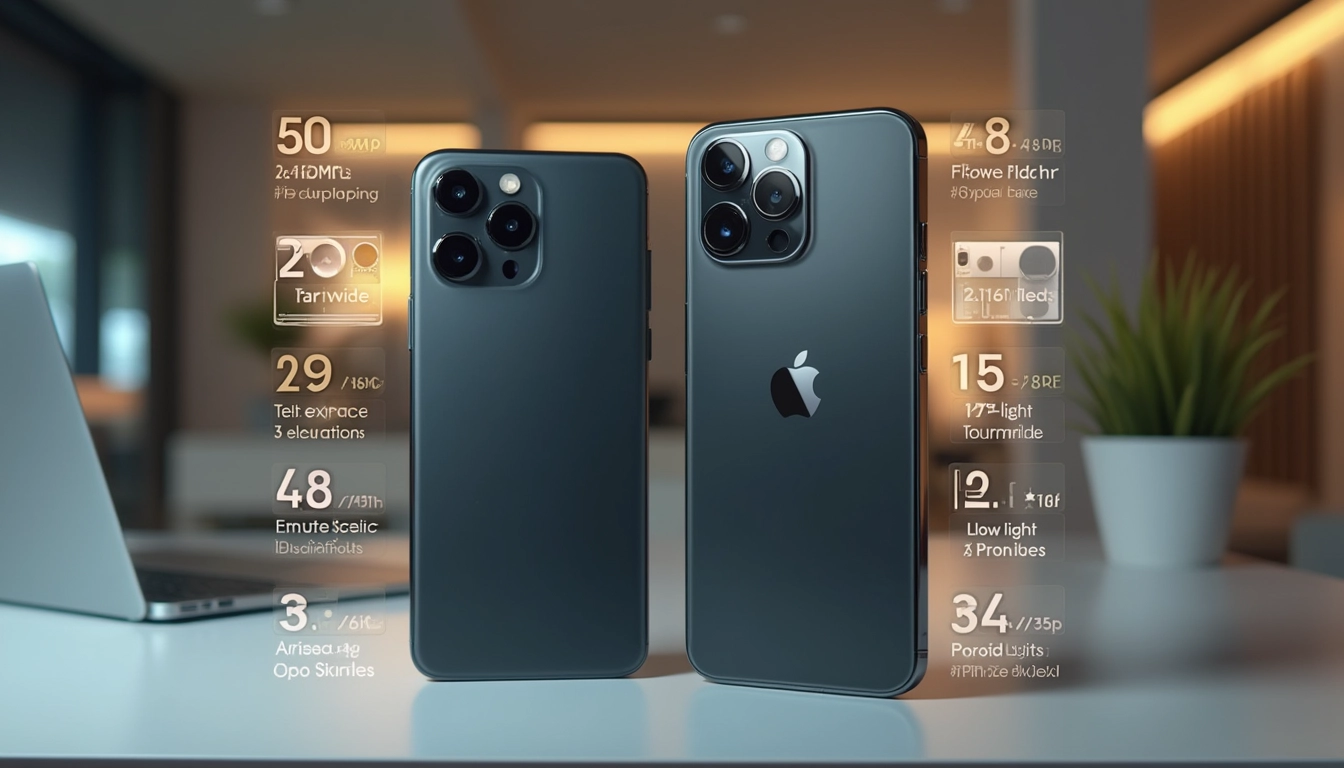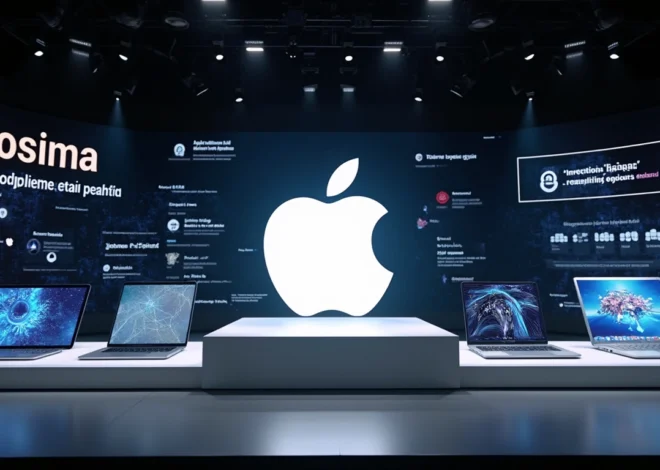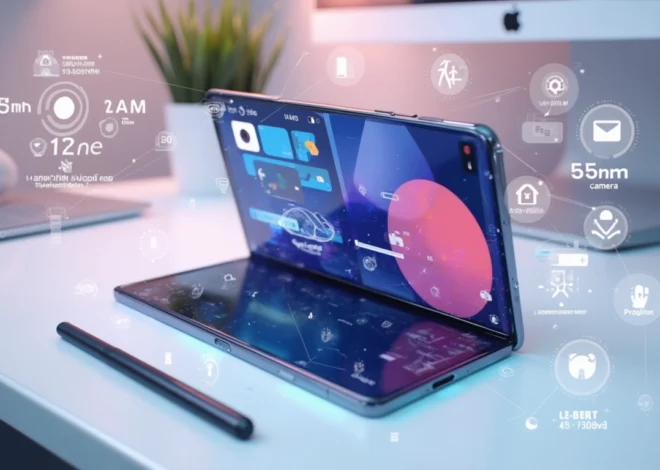
Google Pixel 9 Pro XL vs iPhone 15 Pro Max Camera Battle Analysis
The battle between Google’s Pixel 9 Pro XL and Apple’s iPhone 15 Pro Max centers on their sophisticated camera systems, each pushing the boundaries of mobile photography. Both devices feature triple-camera arrays with distinct approaches to sensor resolution and image processing, creating unique advantages in different shooting scenarios.
Table of Contents
Key Takeaways:
- The Pixel 9 Pro XL boasts higher resolution sensors across its ultrawide and telephoto lenses compared to the iPhone 15 Pro Max
- Google’s flagship shows superior performance in low-light conditions without requiring manual night mode
- The iPhone 15 Pro Max delivers more natural colors and excels in portrait mode detail rendering
- Both devices offer 5x optical zoom, but the Pixel’s 48MP telephoto sensor captures more detail
- Video capabilities are matched at 4K/60fps, with the Pixel showing better subject tracking
Camera Hardware Specifications
The Pixel 9 Pro XL implements a triple-camera system featuring a 50MP main sensor (f/1.68), complemented by 48MP ultrawide and telephoto lenses. In comparison, the iPhone 15 Pro Max’s camera setup includes a 48MP main sensor (f/1.7) paired with 12MP ultrawide and telephoto units.

Image Quality Performance
The Pixel 9 Pro XL’s camera system demonstrates exceptional dynamic range and color rendering in natural light. While it tends to produce slightly brighter images, its ability to handle low-light situations without manual intervention sets it apart. The iPhone 15 Pro Max counters with more natural color reproduction and superior detail capture in specific scenarios.
Zoom and Portrait Capabilities
In the zoom department, both devices feature 5x telephoto lenses, but the Pixel 9 Pro XL’s 48MP sensor provides noticeably more detail in zoomed shots. Portrait mode offerings differ, with the iPhone allowing 1x, 2x, or 5x focal lengths, while the Pixel 9 Pro XL limits options to 1.5x or 2x.
Selfie and Video Features
The front-facing camera battle puts the Pixel’s 42MP sensor against the iPhone’s 12MP unit. Despite the resolution advantage, the Pixel’s aggressive noise reduction can sometimes limit detail preservation. For video enthusiasts, both phones support 4K recording at 60fps, with the Pixel showing particularly strong performance in subject tracking.
AI and Automation Integration
Both devices leverage advanced AI for image processing. For photographers looking to streamline their workflow, automation tools like Latenode can help manage and process photos across devices, making the photography workflow seamless and efficient.


